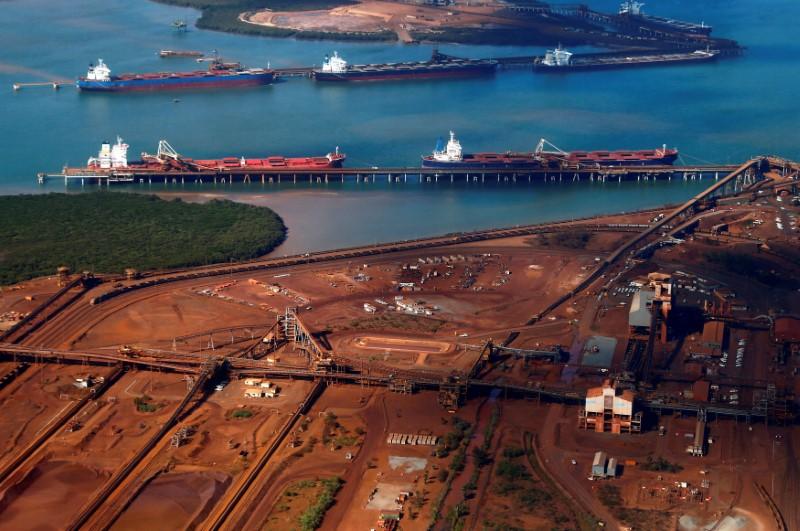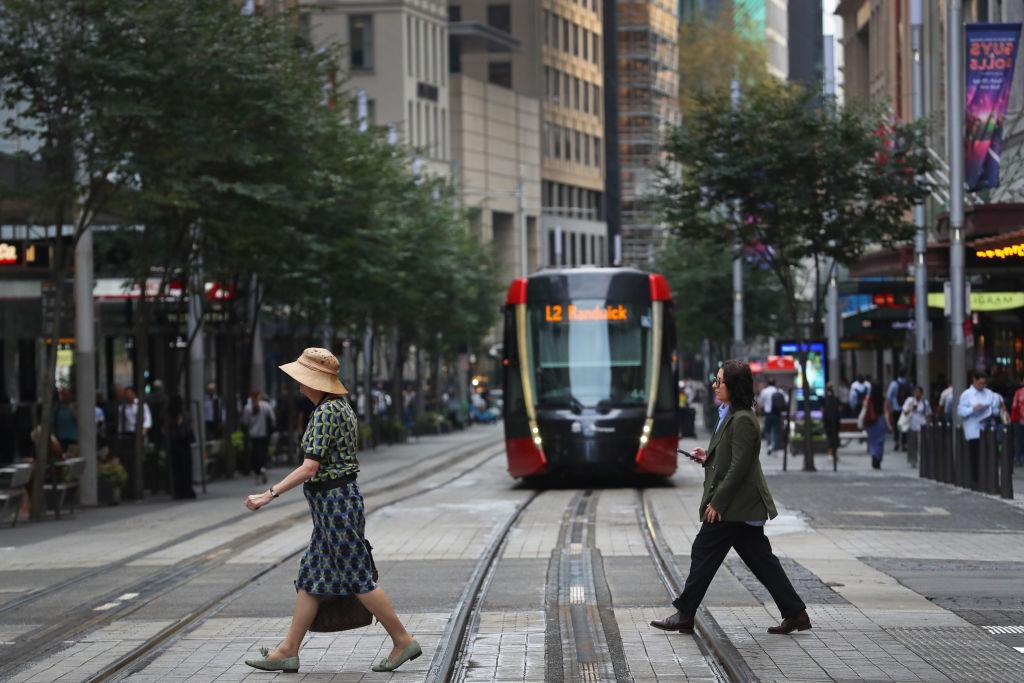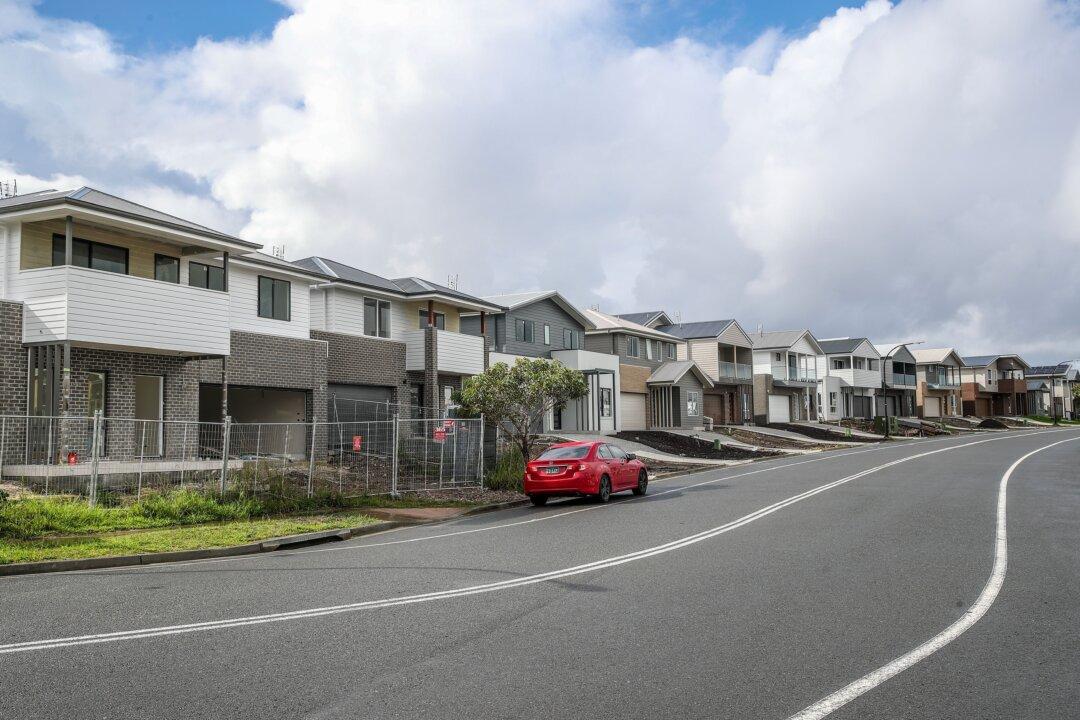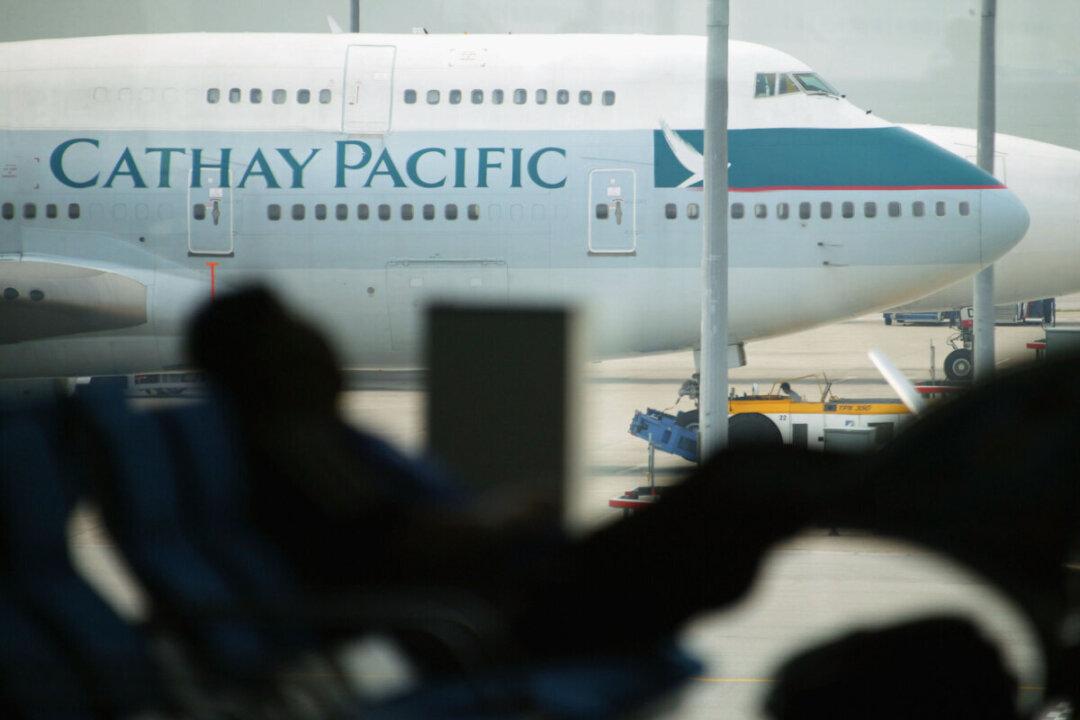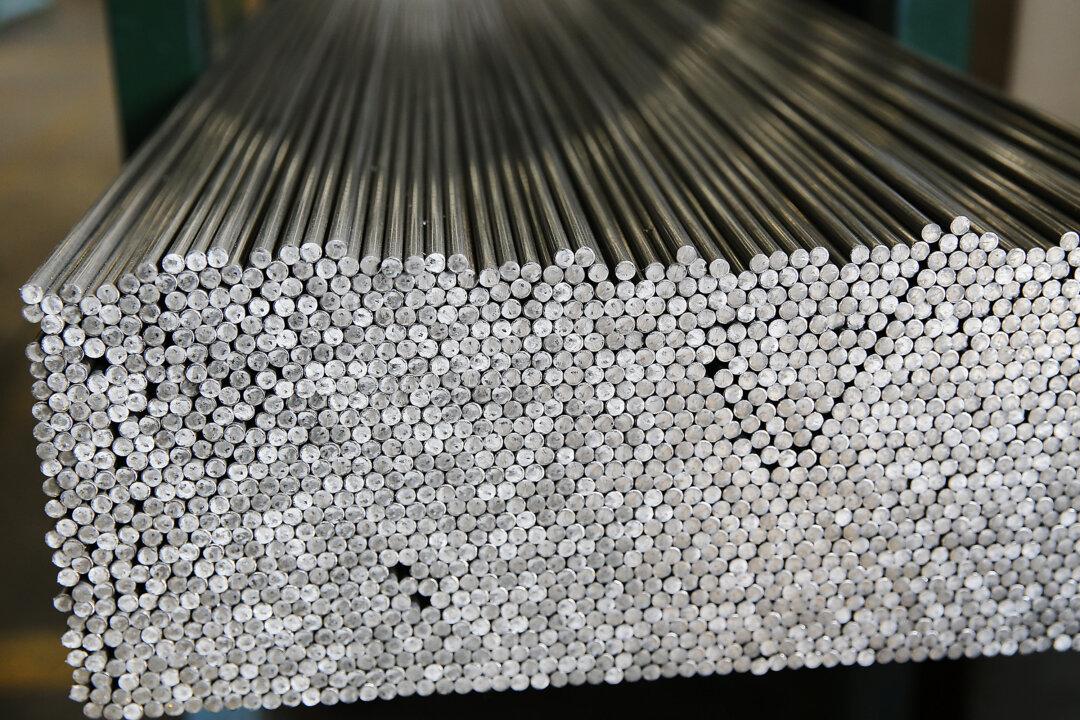Fortescue will stop the automatic distribution of 10 percent of its net profit after tax (NPAT) to its green energy arm, Fortescue Future Industries (FFI), forcing it to compete with other divisions for capital.
“We’re at a point where projects have to compete because we want to make sure we get the best results for our shareholders, and the capital will go where we get the best returns. So that’s the way we’re thinking, very much about how we allocate capital going forward to the Metals business and to the Energy business,” Fortescue Future Industries CEO Mark Hutchinson said during an investor and analyst call on Aug. 28.
